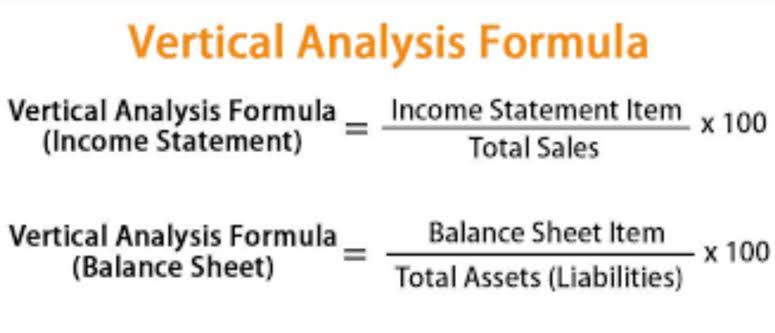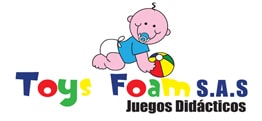
This often involves disaggregating contracts into performance obligations and allocating the transaction price accordingly. Using SaaS accounting software can automate this process, ensuring accuracy and compliance. Using add-on end-to-end automation software solutions combined with your ERP system or accounting software will help your company overcome challenges to achieve proper SaaS accounting. Types of relevant automation software include AP automation and global payments software for cloud-based accounts payable and recurring billing platforms with real-time dashboards for SaaS metrics.
Revenue Recognition for Plan-based Downgrades
The Financial Accounting Standards Board (FASB) and the International Accounting Standards Board (IASB) play a pivotal role in shaping the accounting landscape for SaaS businesses. Accurate financial reporting and adherence to accounting principles are vital for compliance and business growth. Grasping the distinct accounting challenges and requirements of SaaS accounting allows businesses to manage their financial health more effectively, ensuring long-term success. Cash-basis accounting recognizes revenue and expenses when cash is received or paid. So when a payment is received, it is added to the ledger and when an expense is incurred, it is subtracted. Cash-basis accounting is often used by small businesses and entrepreneurs with less or no inventory.

Occupational Fraud: Insider Threats to Businesses, Churches and Nonprofits
Larger ACVs usually unlock more expensive and elaborate sales and marketing activities. Specialized SaaS accounting software is designed specifically for SaaS and subscription businesses. This https://www.bookstime.com/articles/working-capital-ratio software includes advanced features for revenue recognition under regulation ASC 606, expense recognition, subscription tracking, key metrics tracking, and complex reporting.
Understanding the SaaS Business Model

Cash basis accounting records revenue and expenses only when cash is received or paid out. This method is straightforward but can lead to significant fluctuations in financial reporting, making it less suitable for SaaS companies with subscription models. Revenue recognition in SaaS accounting requires adherence to standards like ASC 606 and IFRS 15, which mandate recognizing revenue as the service is delivered.
The third step is determining the transaction price, which is the amount of consideration the company expects to receive in exchange for fulfilling the performance obligations. This step may involve estimating variable considerations, such as discounts or refunds, which must be accounted for. After determining the transaction price, the next step is allocating this price to the performance obligations identified earlier.
- Taking a strategic approach to managing SaaS accounting requires balancing compliance, efficiency, and alignment with business goals.
- CAC measures the average cost incurred by the company to acquire a new customer, including advertising, salaries, commissions, and overhead costs.
- Both deal with presenting actual and realistic financial statements, which also helps retain investor confidence and is often required by the relevant authorities.
- Some ERP systems like NetSuite and Sage Intacct provide excellent revenue recognition features and use financial data for SaaS metrics or KPIs to measure results.
- The focus on fair value and impairment encourages companies to actively manage their financial instrument risks.
- This ensures that revenue is recognized when control of the service is transferred to the customer.
- While looking for the best SaaS accounting software, consider its efficiency in managing workflow and whether it gives you the right support to grow your business.
- SaaS companies employ various subscription billing models, from monthly to annual plans.
- While this is a very simplified example, you can see how cash-basis accounting distorts a company’s true earnings.
- Barbara is a financial writer for Tipalti and other successful B2B businesses, including SaaS and financial companies.
- Accrual accounting is when revenues and expenses are recorded when they are earned, regardless of when the cash actually comes in or when expenses are incurred.
This involves organizing financial statements, documenting key metrics, and preparing detailed analyses of the saas accounting rules company’s financial performance and projections. Contract changes, such as upgrades, downgrades, or early terminations, are common in SaaS. Accounting for these modifications requires careful attention to ensure proper revenue recognition and maintain compliance with accounting standards.

Another essential concept is the allocation of the transaction price to the identified performance obligations. SaaS companies often bundle various services and products into a single contract, making it necessary to allocate the transaction price based on the standalone selling prices of each component. This allocation ensures that revenue is recognized in a manner that reflects the transfer of services to the customer. Even better, you can use SaaS accounting software to help tackle this challenge. A solution like Stripe unifies billing, payments, tax, and revenue management within a single system that ensures compliance with ASC 606 and IFRS 15. Many SaaS businesses—over 80%, in fact—benefit from cloud accounting platforms that make these processes easier.
What are the key points to remember?

Not only that but becausetech and SaaS companies offer price concessions, discounts, rebates, bundles,and even individual pricing for each customer, revenue recognition becomes increasingly complex. This article examines the nuances of accounting for software subscriptions and important considerations such as popular pricing models and their financial statement impact. Another strategy involves implementing robust internal controls to monitor and manage revenue streams. These controls help in tracking deferred revenue and ensure that all revenue-related transactions are recorded accurately.
The Importance of Strong SaaS Accounting Practices
Cash accounting is the simplest form of accounting as it records transactions when dealing with a vendor or customer with cash. Next, you must determine the transaction price, which is the total amount that the customer must pay in exchange. Then you allocate the total price to each performance obligation based on its relative standalone selling price. When you follow standardized practices, you also have a consistent framework to depend on. This way, you can benchmark your performance against industry averages and identify areas for improvement.
